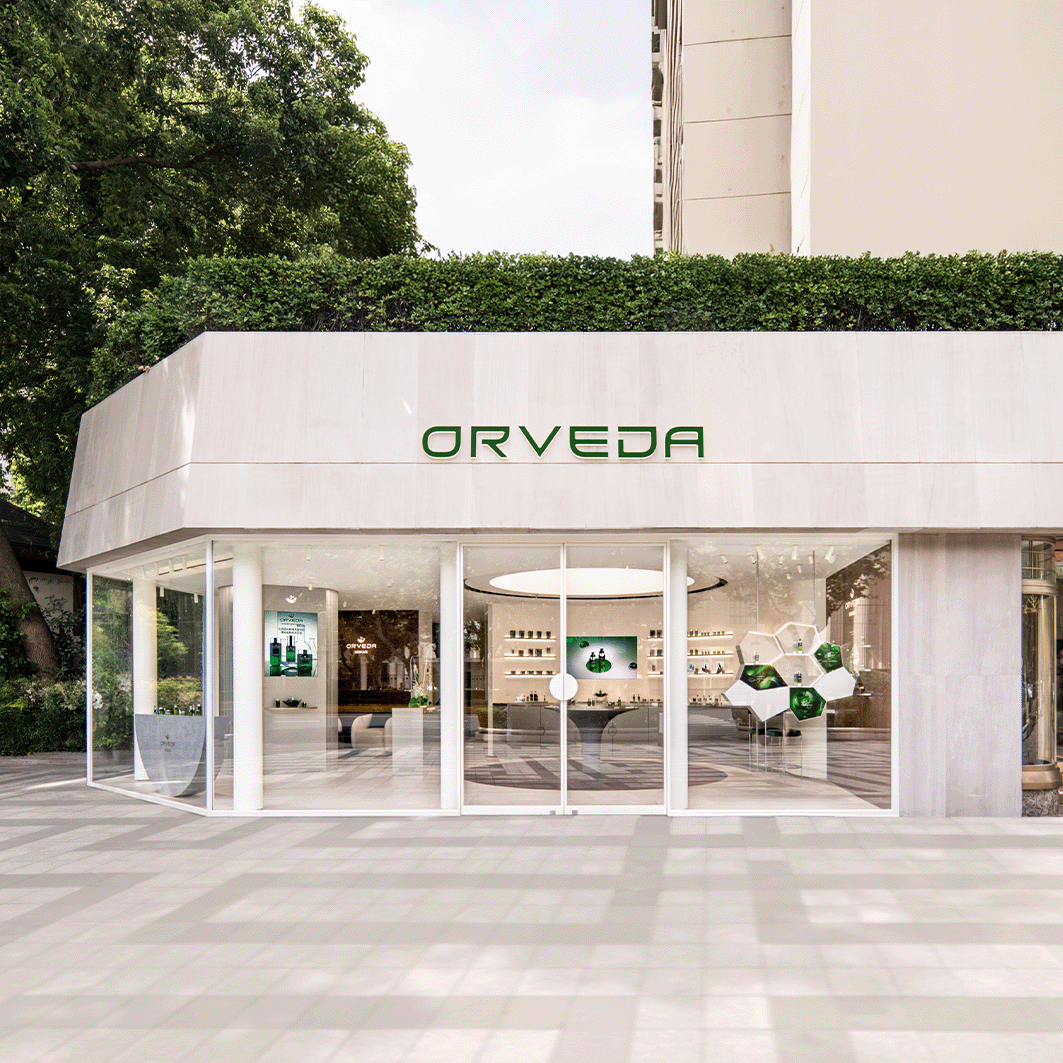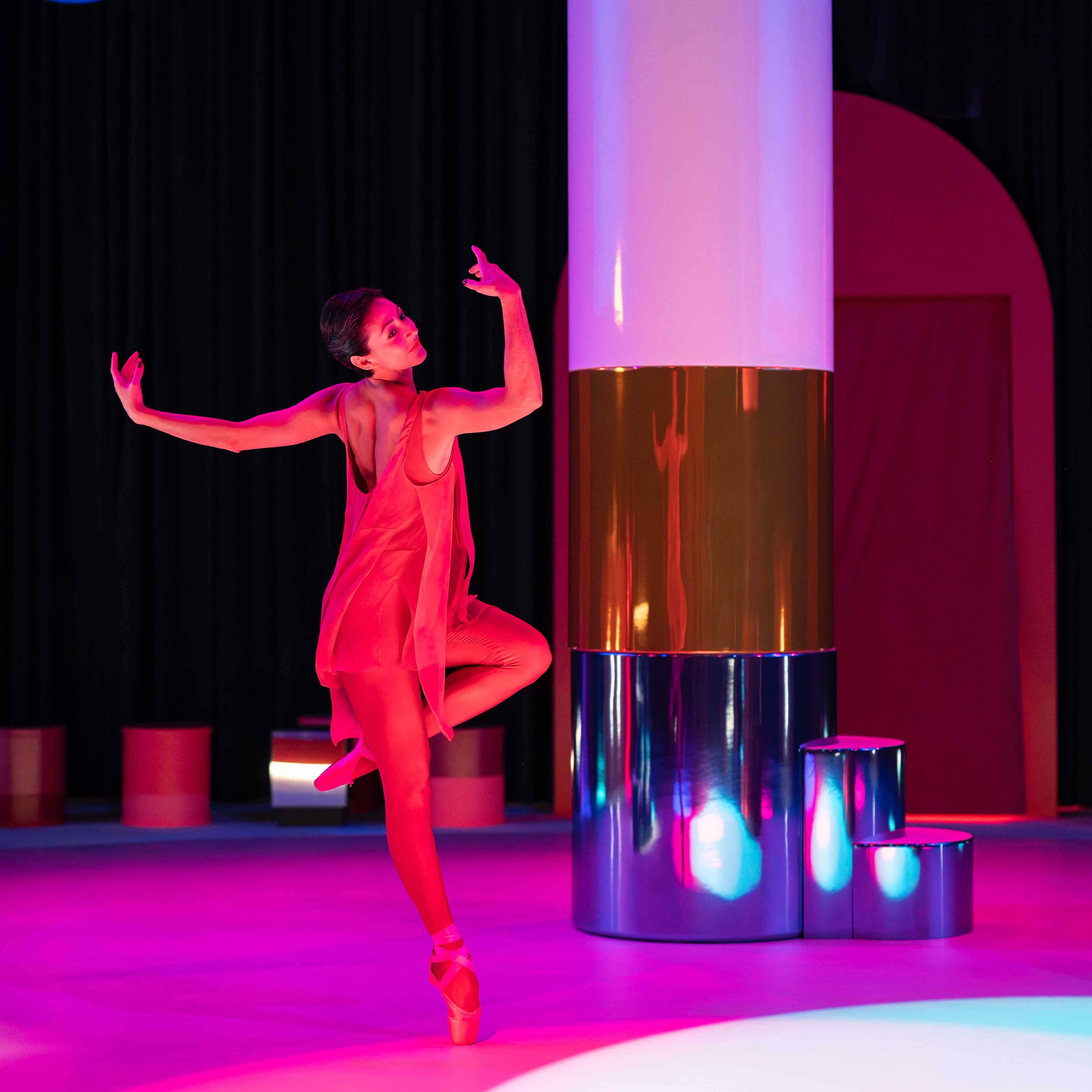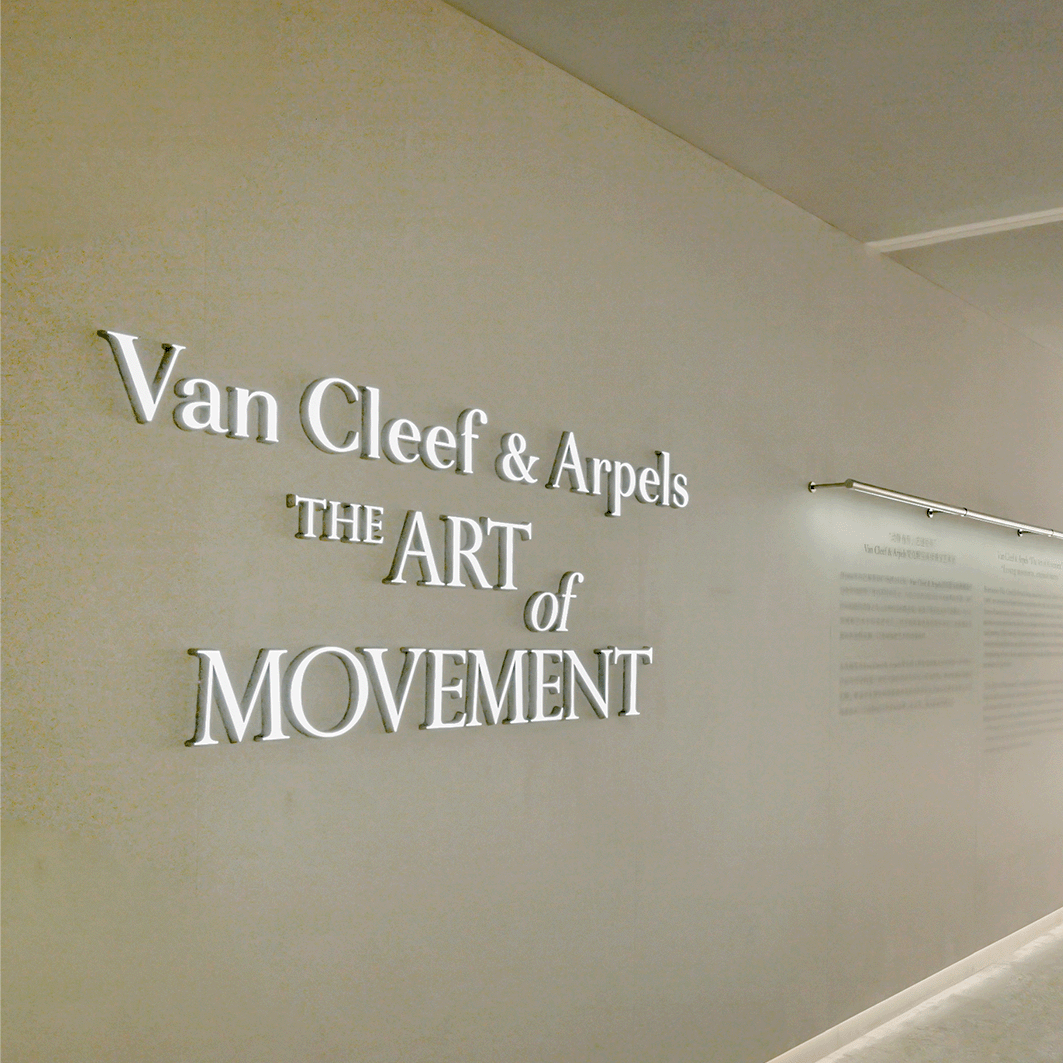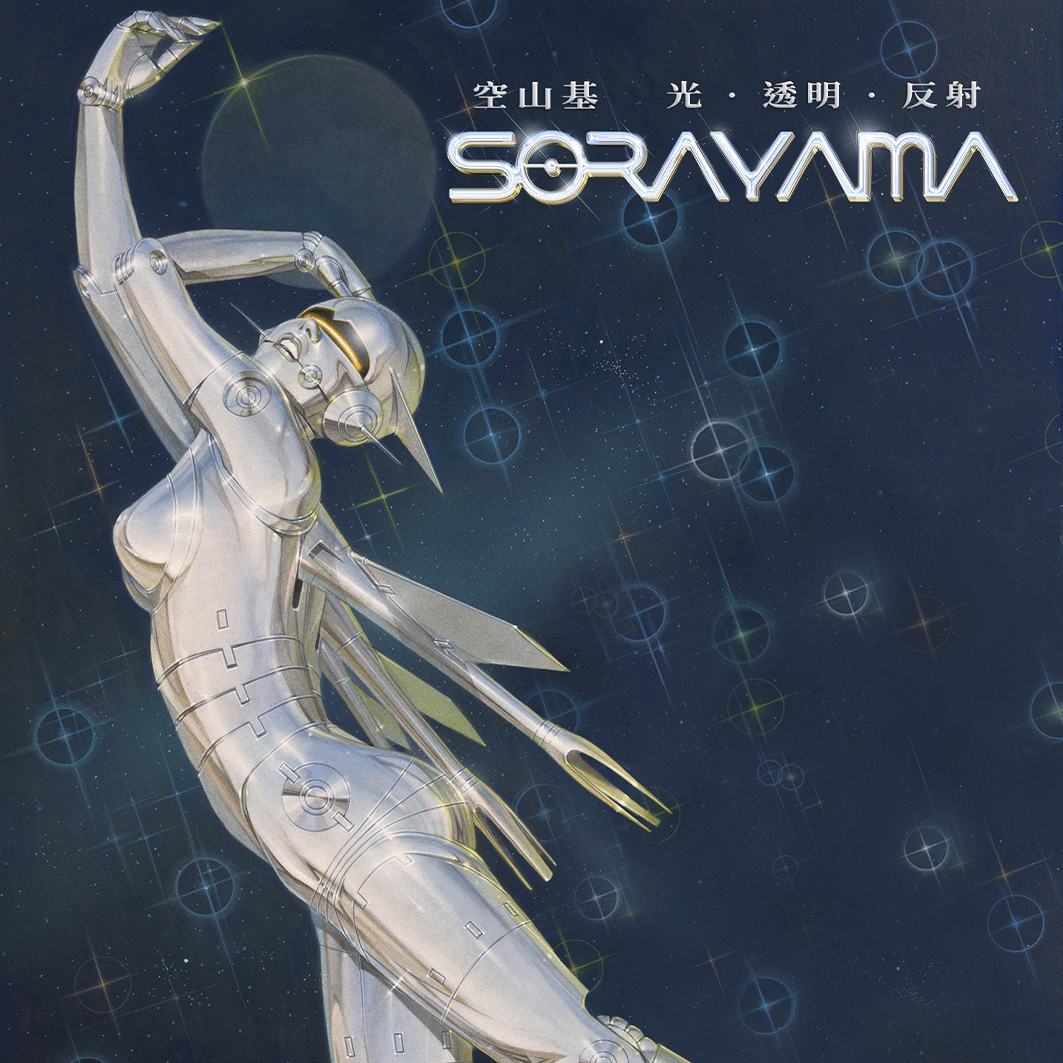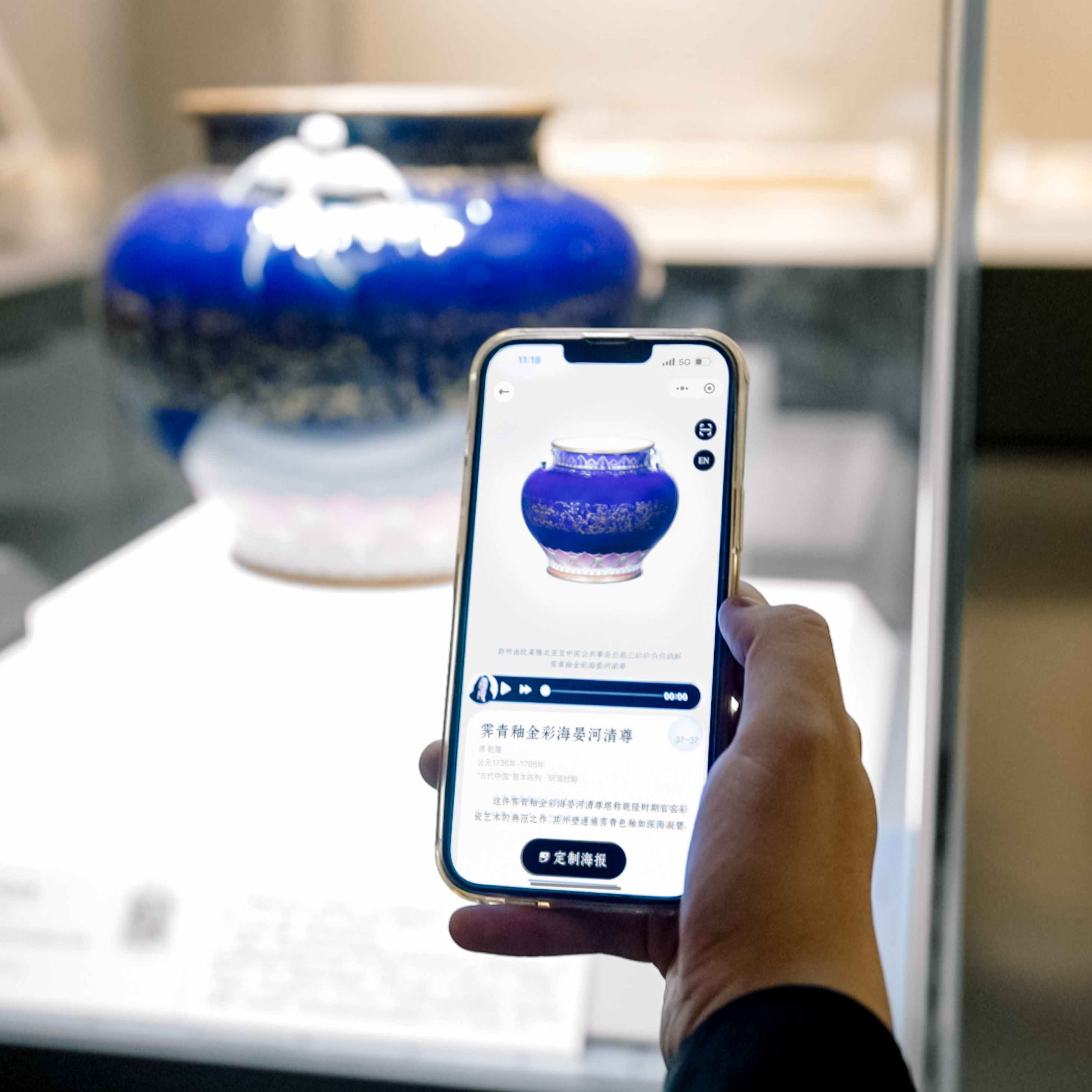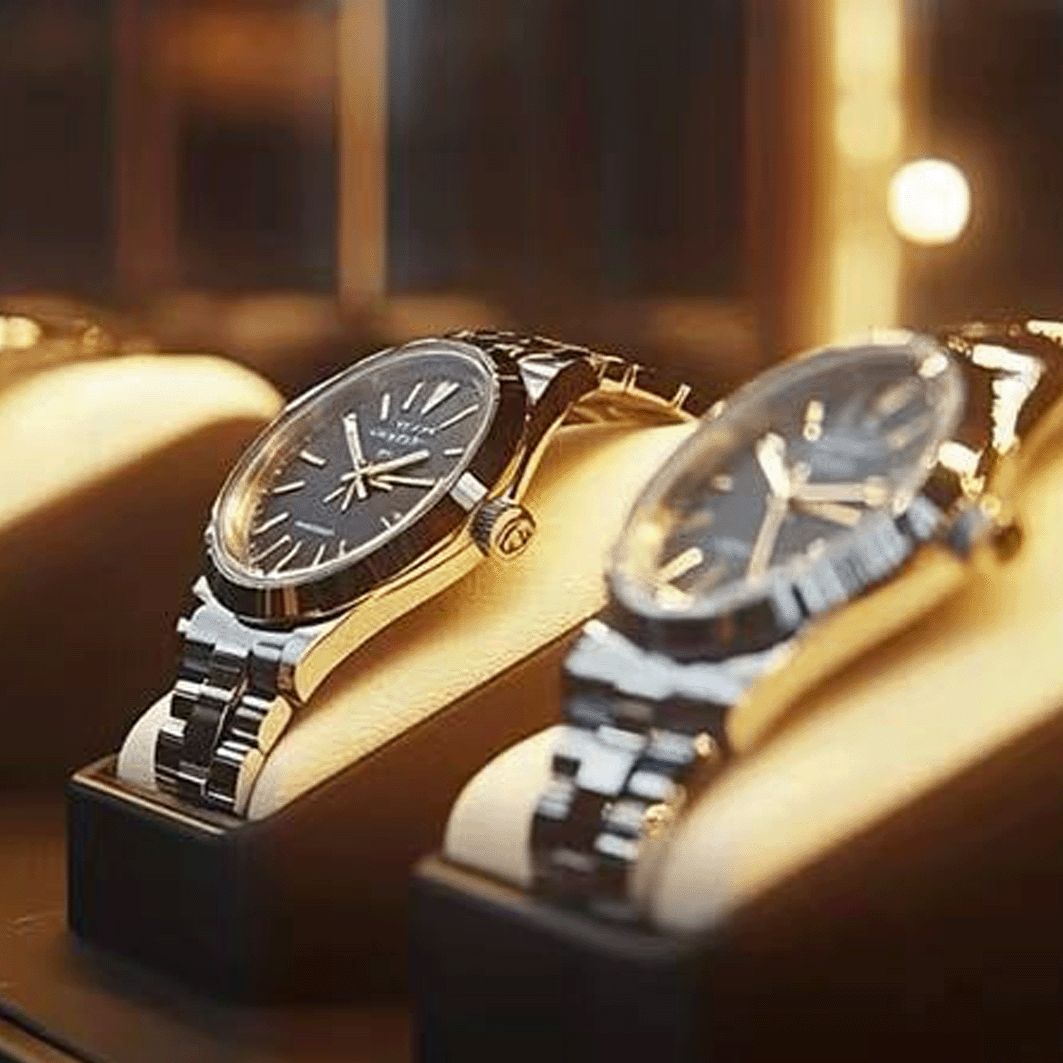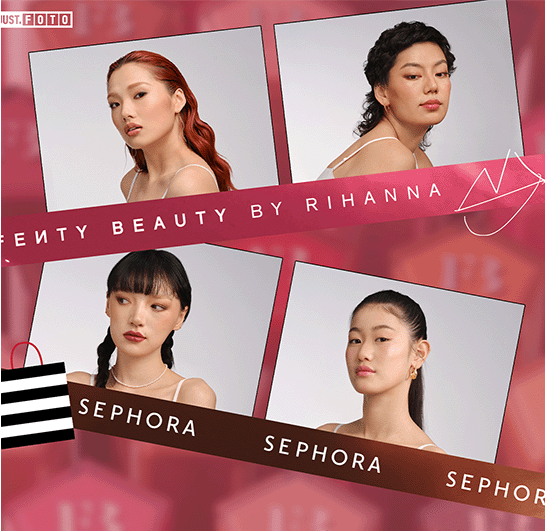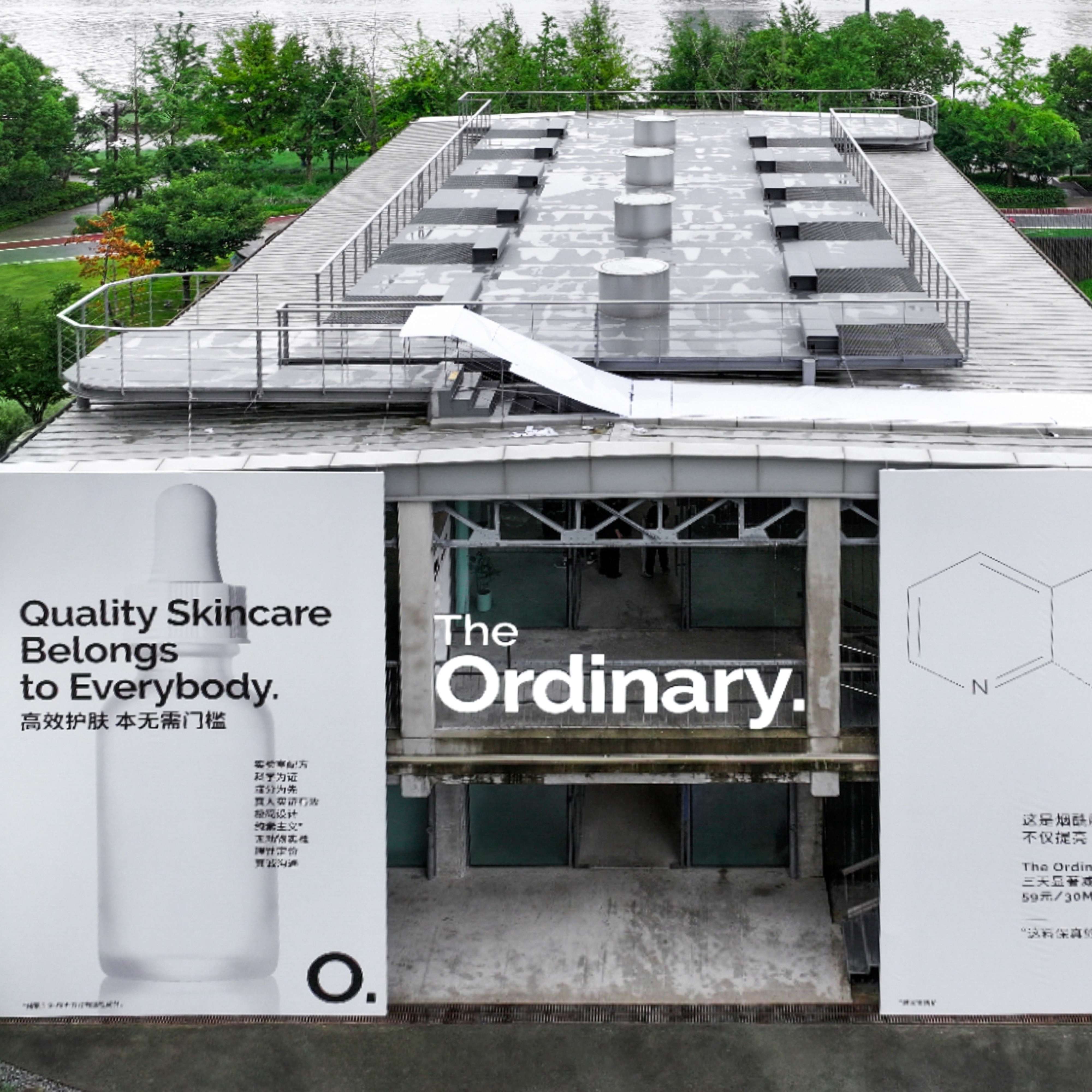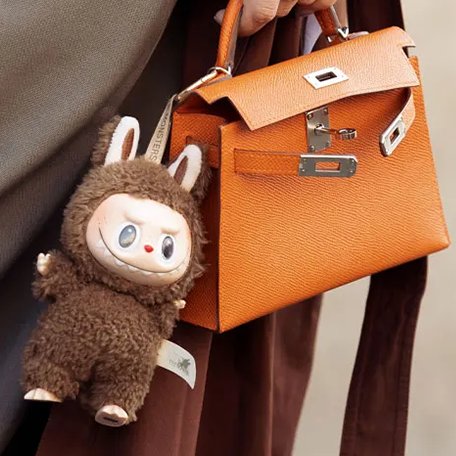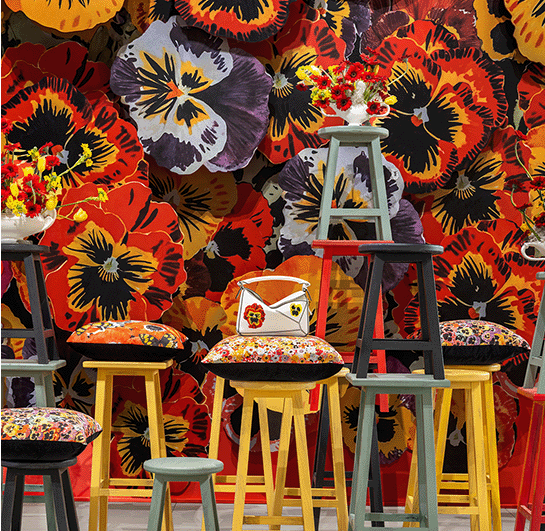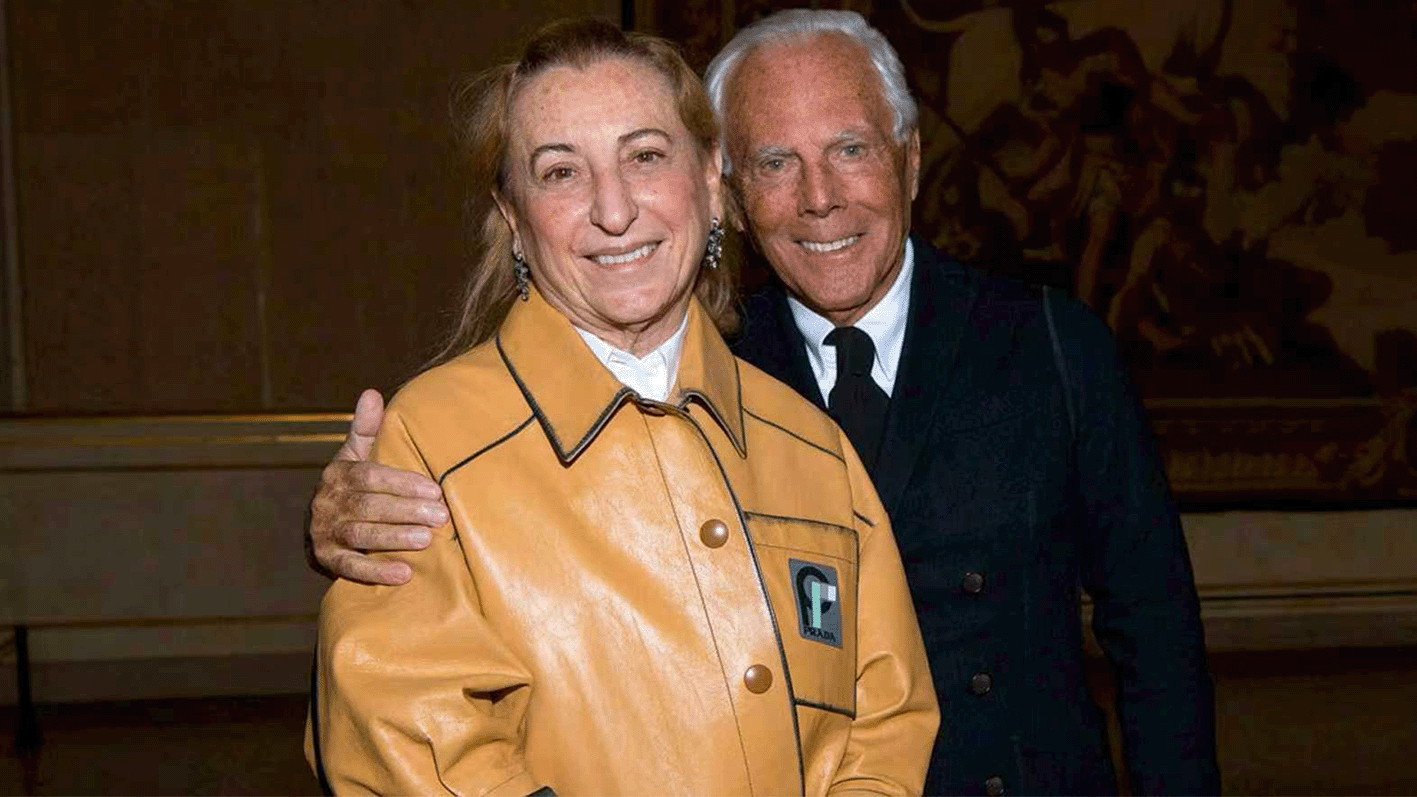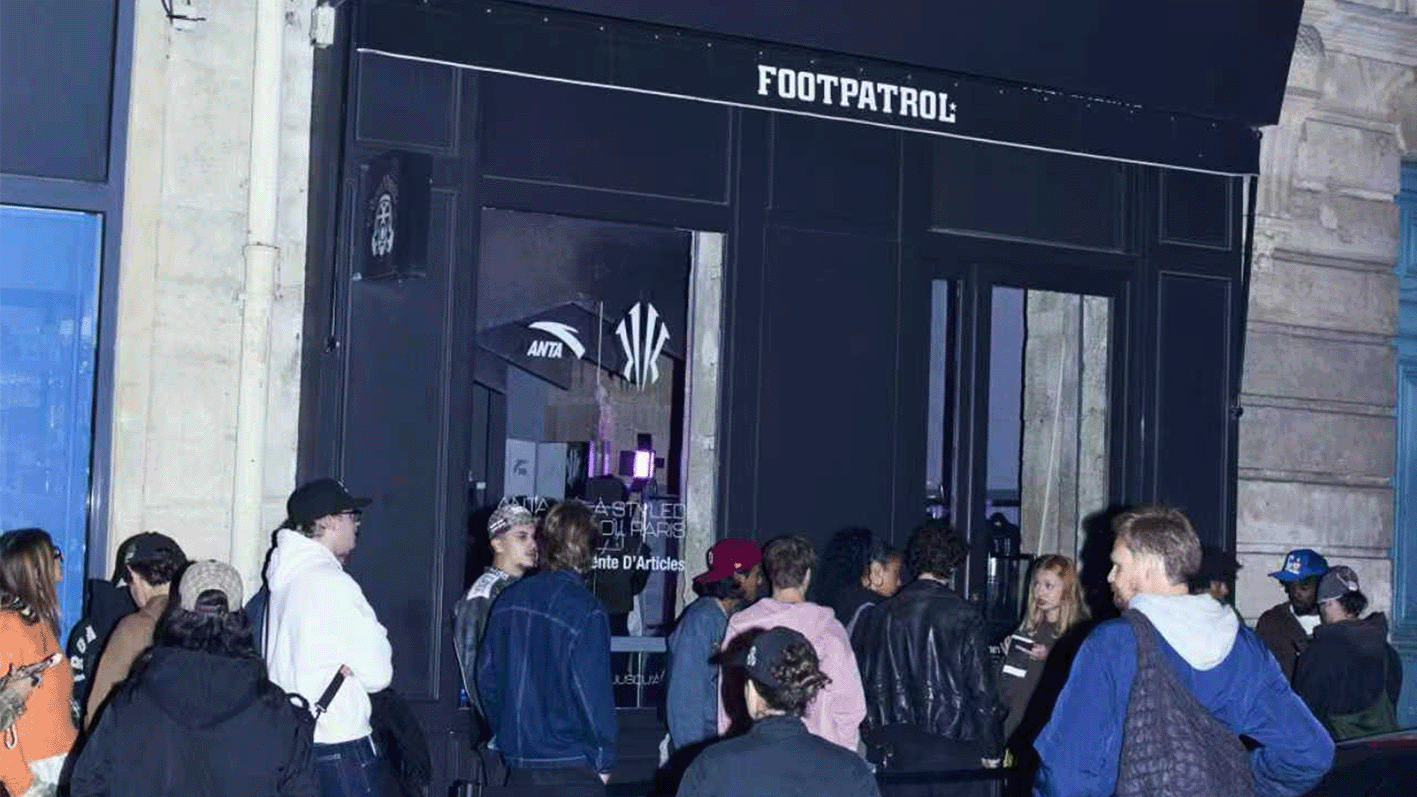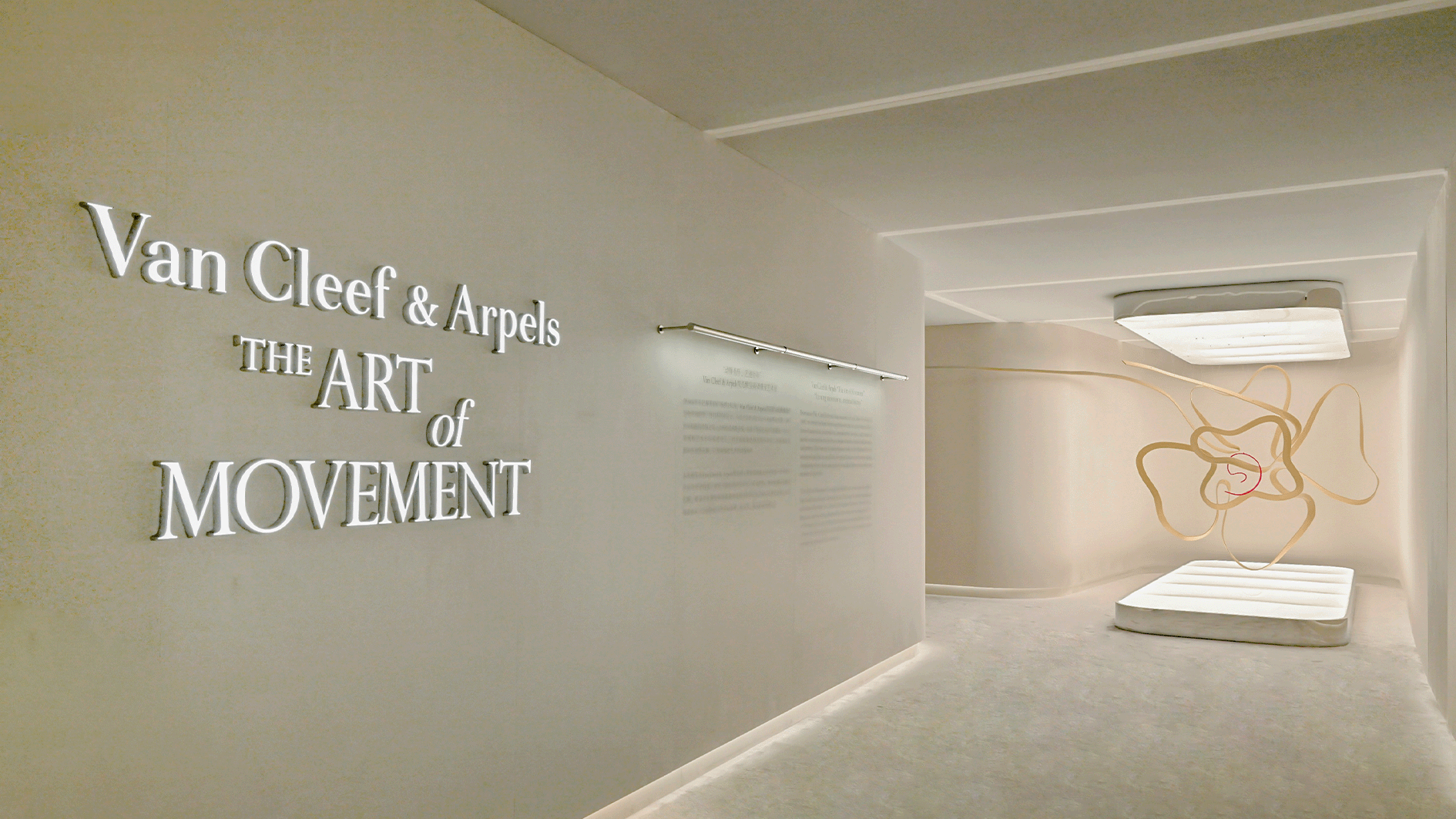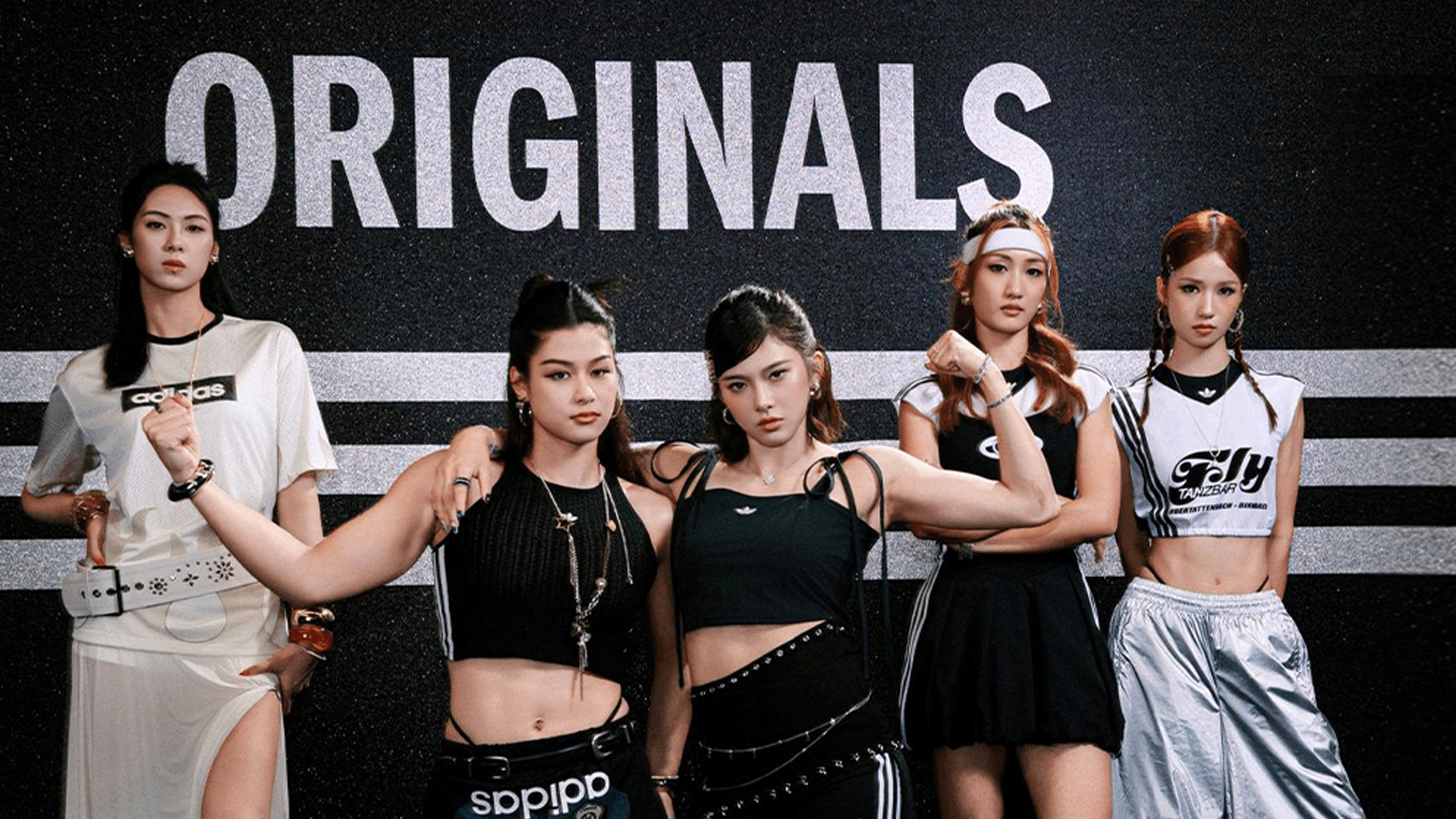- FEATURE
- |
- MERGERS & ACQUISITIONS
- |
- FINANCIAL
- |
- MARKETING
- |
- RETAIL
- |
- ESG-SUSTAINABILITY
- |
- LIFESTYLE
- |
-
MORE

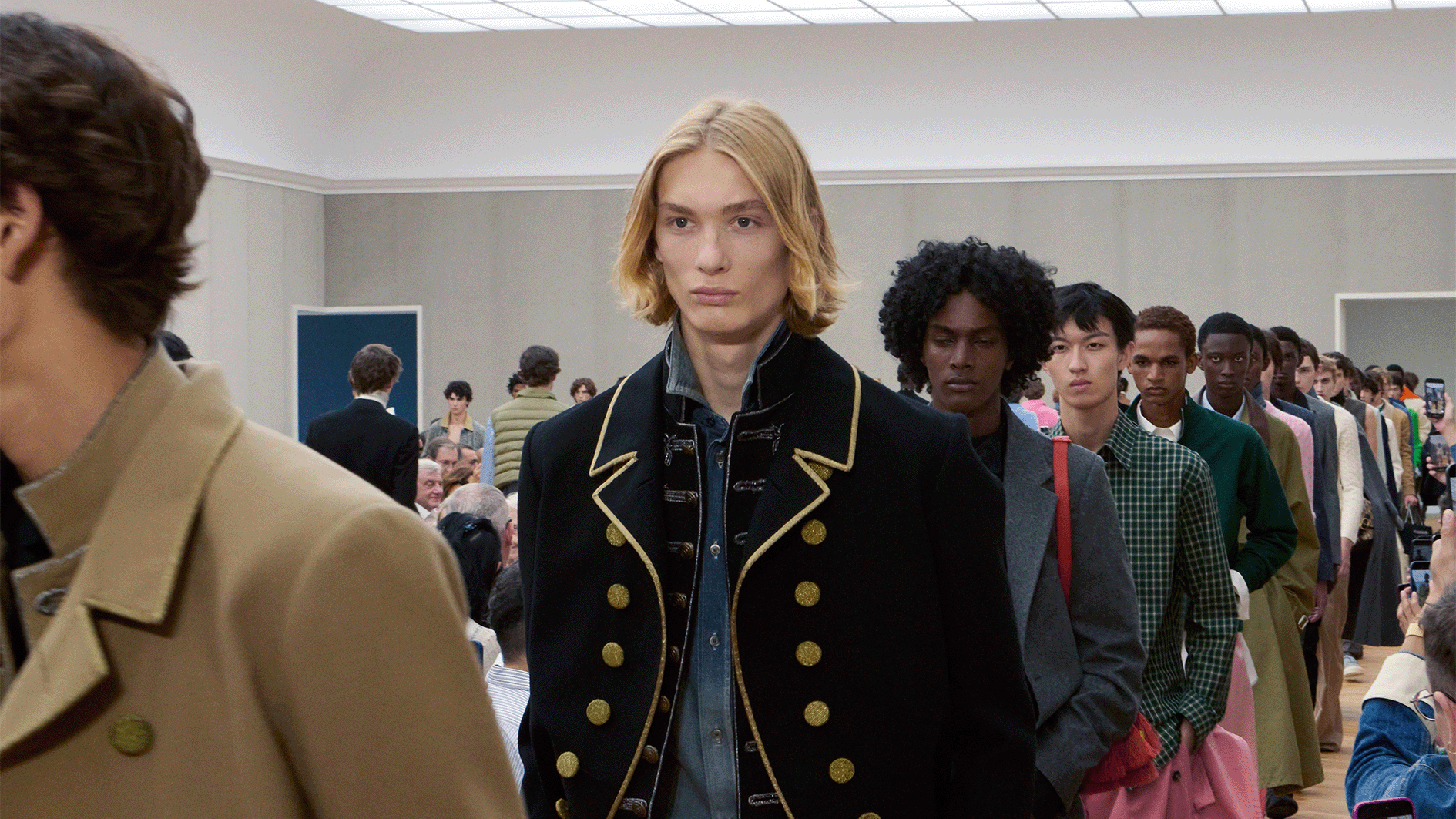
Jonathan Anderson’s first menswear collection for Dior wasn’t just a show. It was a litmus test: can the creative mind behind Loewe reshape Dior’s men’s line without fracturing its billion-euro image? The crowd came less for a revolution than to see whether Dior had finally found the right fit.
Anderson’s arrival at Dior is historic. He is the first designer since Christian Dior himself to oversee both men’s and women’s ready-to-wear as well as haute couture. The appointment, however, was met with curiosity rather than shock. Anderson, after all, isn’t known for sharp tailoring or traditional craft, but for his conceptual depth, his fluid narratives, and his artistic curiosity—more Miuccia than McQueen, as Cathy Horyn once described him.
That very quality is likely what secured him the job. Dior doesn’t need a technician; it needs a unifier. Under Maria Grazia Chiuri and Kim Jones, the brand’s aesthetic split along gendered lines—feminist manifesto on one side, luxe-streetwear spectacle on the other. Anderson’s task is not to invent something new from scratch, but to thread these worlds together under a shared visual and cultural language.
Ahead of the show, Dior teased a series of cryptic visuals: Warhol Polaroids, close-ups of tailoring tools, Book Tote bags wrapped in literary covers, and Kylian Mbappé—now a global ambassador—styled in a look that combined athletic, collegiate, and classic notes. Even the show invitation—a ceramic egg trio on a porcelain plate—sparked theories: was it rebirth? A nod to Dior’s love for gastronomy?
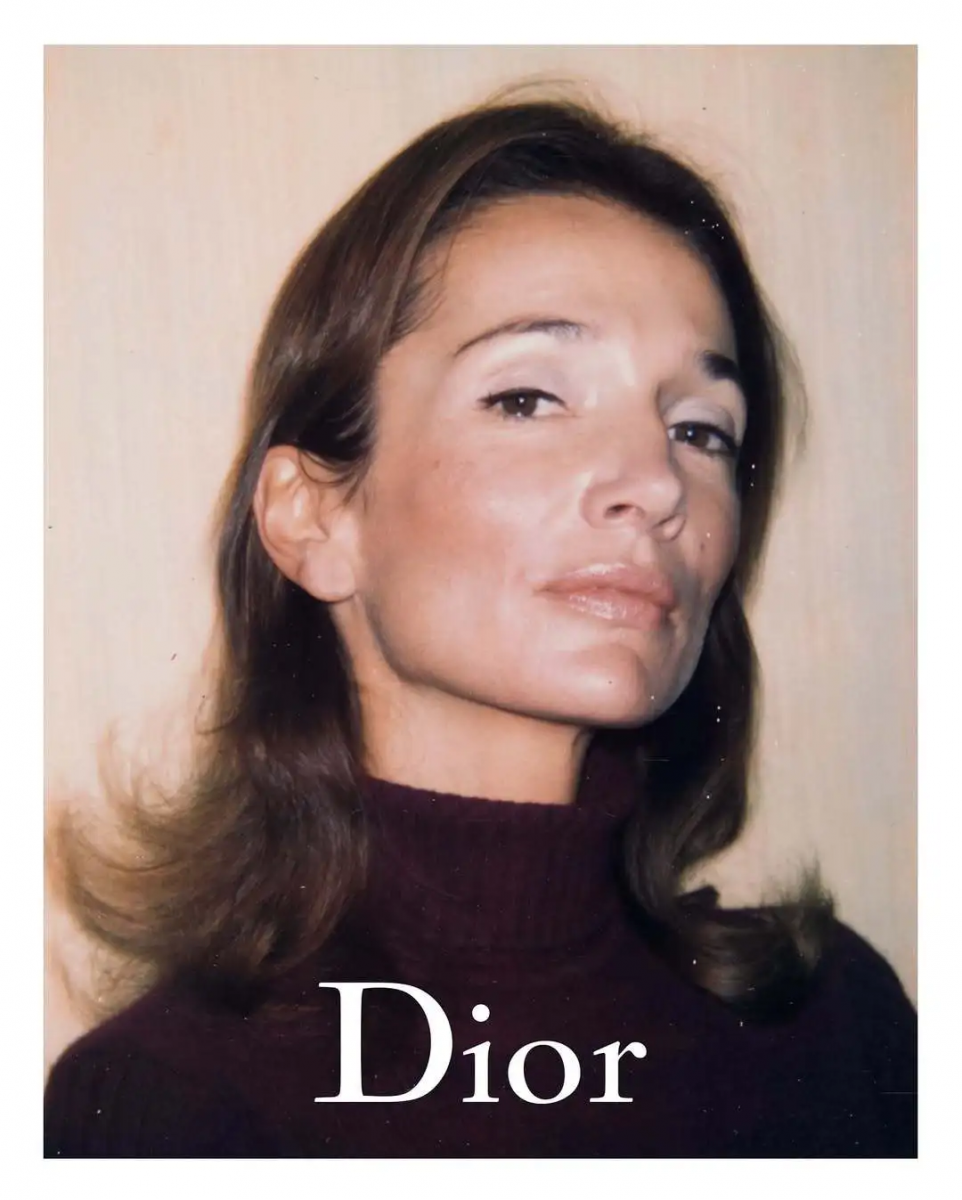
The show took place at Les Invalides, a familiar setting, but the atmosphere inside was different. The custom-built space resembled a European art gallery more than a fashion tent. Powder-blue velvet walls framed two still-life paintings by 18th-century French painter Jean Siméon Chardin—an obscure but intentional choice. Unlike Kim Jones’ previous collaborations with pop-culture heavyweights like KAWS or Daniel Arsham, Anderson was signaling a quieter, subtler kind of artistry.<

